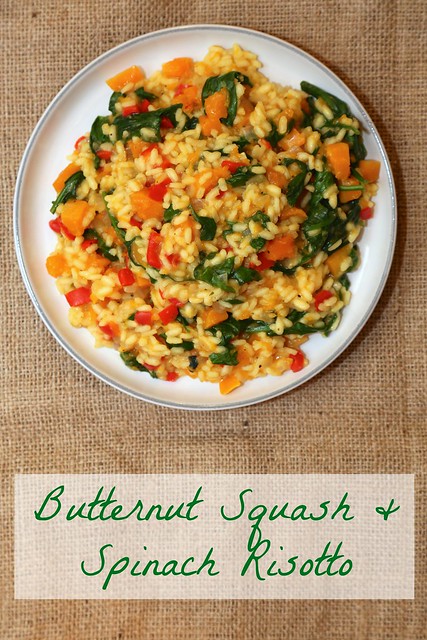Today's blog article is a guest blog written by Eve Pearson MBS, RDN, CSSD, LDN. She is a sports dietitian in Texas who serves the Dallas, Fort Worth, Keller and Austin areas. Learn more about her and her services at www.nutriworkscnc.com. What a great article to read this week when so many of you are creating your New Year's Resolutions - thanks Eve!
Be Extraordinary,
RDKate
---------------------------------------------------------------------------------------------------------
“I have to have
cheese, I don’t care what the diet says!”
This is what I heard someone say at the Whole Foods salad
bar the other day. I think it’s
unfortunate #1 – that people feel like they have to cut things out completely
and be on a diet period and #2 – this is the mentality that most people have
when entering a diet. Most of the time,
I find many people are not 100% committed going into a diet, which is why they
aren’t very successful. If they did
happen to lose weight on the diet, it’s likely to come back. Not surprising since most diets don’t include enough calories to withstand
over longer periods of time.
Fad diets are easy.
There are rules, dos and don’ts, what you can’t eat and drink. They tell us to count points, we count
points. They send us food, we eat
it. They allow you to be on autopilot
after you learn the basic ins and outs of the diet.
I’m not saying I’m a proponent of many diets out there but
next time you pick up a diet book, read online or hear from your best friend
the latest fad, go into it with this mentality:



























